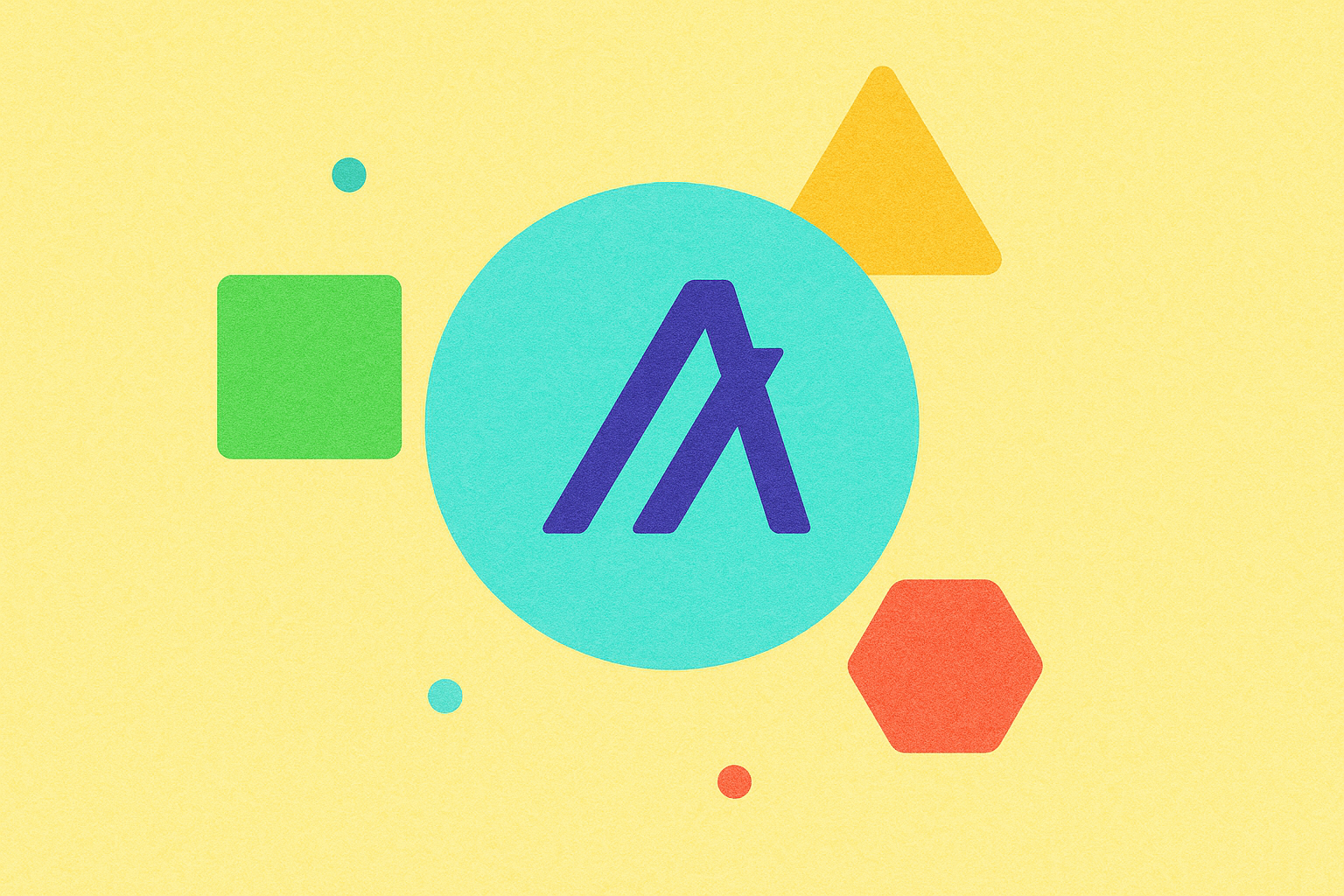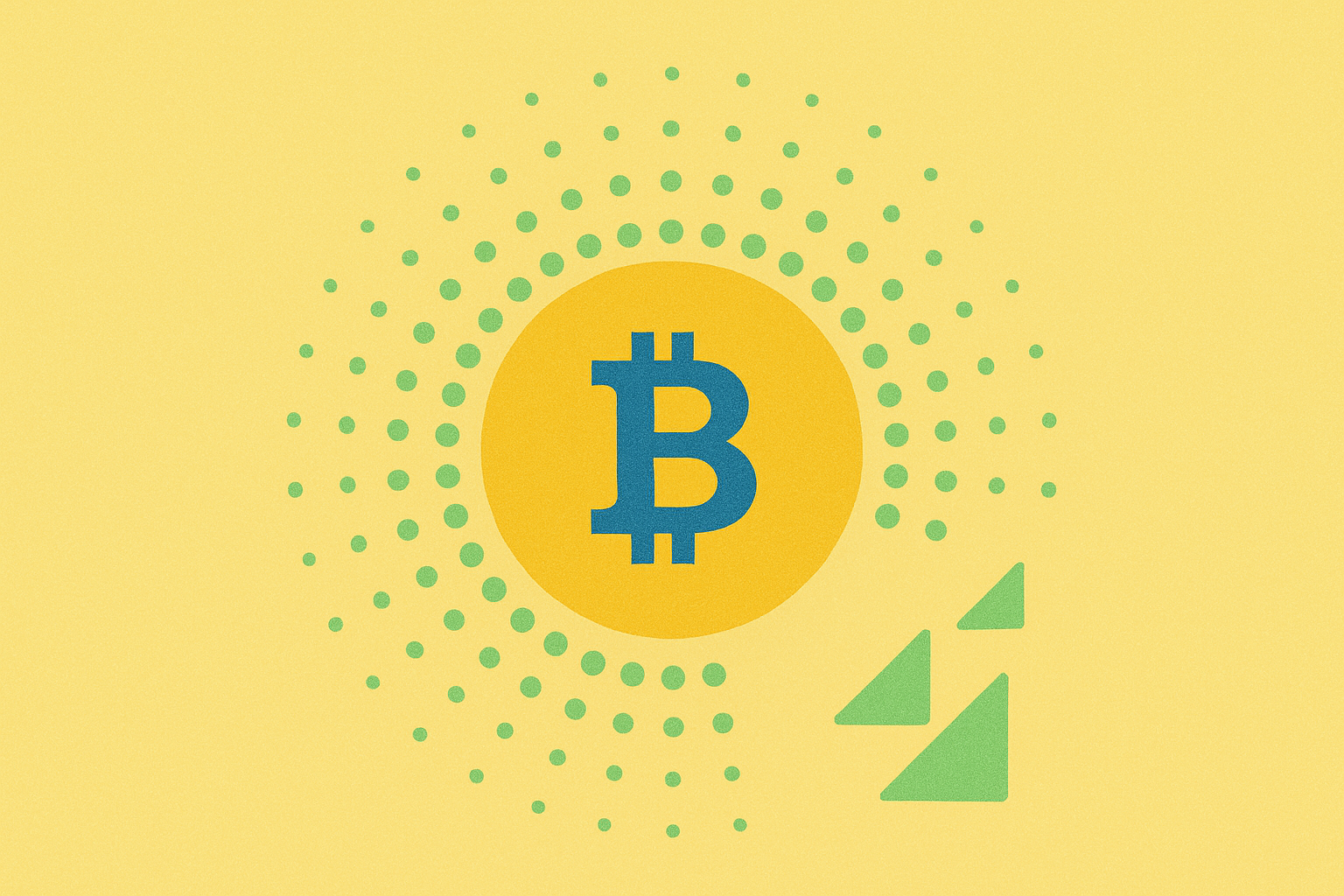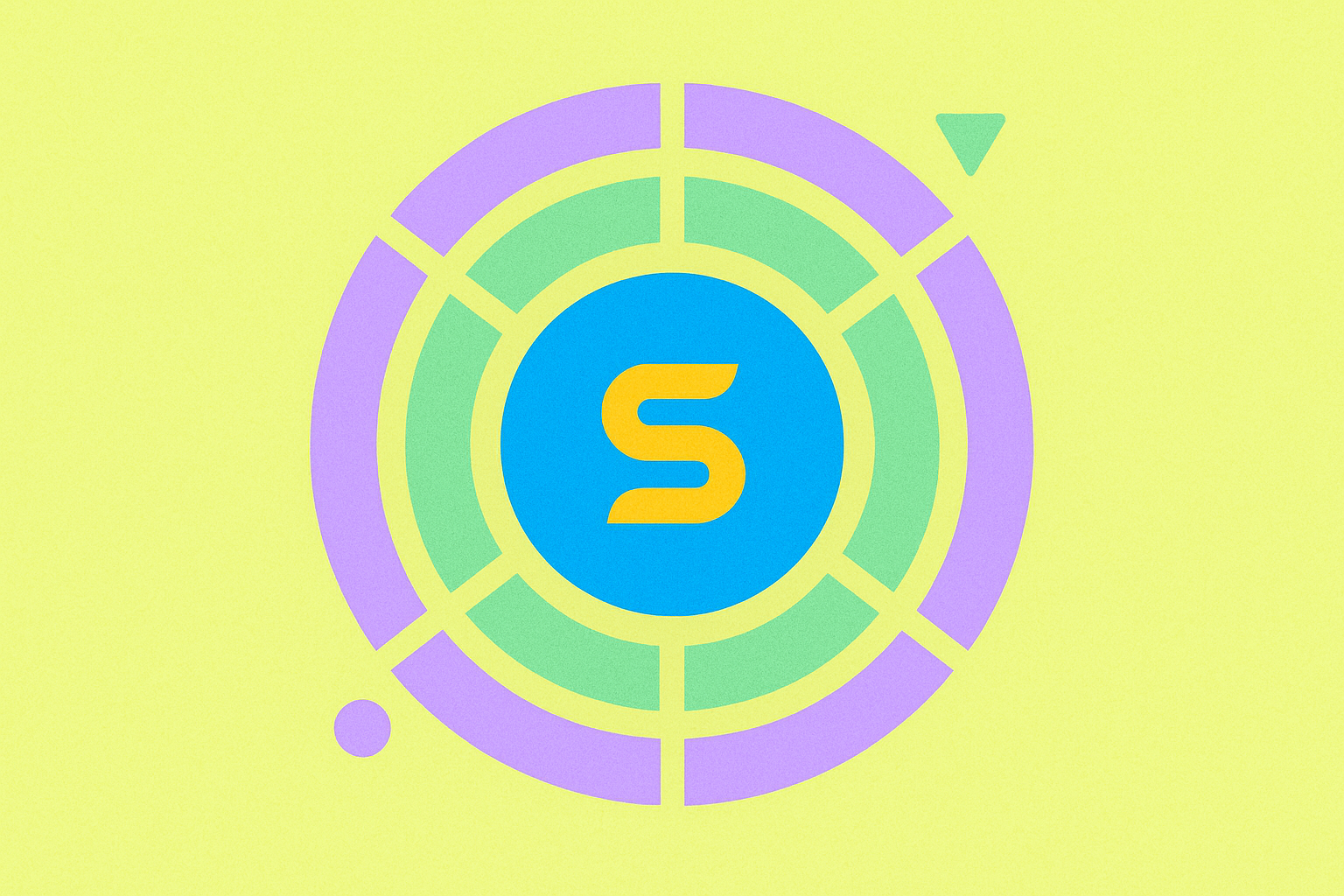BLESS Network'ün teknik dokümanının ardındaki temel mantık nedir?


BLESS Network'un küresel paylaşımlı süper bilgisayar vizyonu: Milyarlarca atıl cihazın gücünden yararlanmak
Bless Network, dünya genelindeki milyarlarca atıl cihazın işlem gücünü kullanarak bilgi işlem sektöründe köklü bir dönüşüm hedefliyor. Ağ, bu yenilikçi modelle bilgi işlem gücünü demokratikleştiriyor ve elektriğe ya da suya benzer şekilde herkes için erişilebilir bir temel hak hâline getiriyor. Dizüstü bilgisayarlar, akıllı telefonlar ve masaüstü bilgisayarlar gibi günlük cihazlar üzerinden kurulan dağıtık edge computing ağı, talebe göre yüksek verimlilikte işlem kaynakları sağlıyor.
Bless ile geleneksel bilgi işlem modellerine ait mimari farklılıklar önemli avantajlar sunuyor:
| Altyapı Türü | Maliyet Verimliliği | Gecikme | Erişilebilirlik | Çevresel Etki |
|---|---|---|---|---|
| Bless Network | %90 maliyet avantajı | Ultra düşük | Küresel, demokratik | Kaynakların etkin kullanımı |
| Geleneksel Bulut | Yüksek operasyon maliyetleri | Değişken | Sağlayıcılarla sınırlı | Yüksek enerji tüketimi |
Bless Network, maliyet avantajının ötesinde; cihaz sahiplerinin atıl kaynaklarını ağa sunarak ödül kazanabilecekleri sürdürülebilir bir ekosistem kurmayı hedefliyor. Bu eşler arası model, şimdiden 5.670'ten fazla katılımcı ile piyasada güven oluşturdu. Ağ, güvenlik için WASM tabanlı izolasyon ve gelişmiş otomasyon kullanarak dağıtık bilgi işlemdeki performans endişelerini gideriyor. Yapay zekâ ve Web3 tabanlı işlem talepleri hızla artarken, Bless mimarisi merkezi sistemlere kıyasla daha ölçeklenebilir, güvenli ve düşük maliyetli alternatifler sunuyor; böylece küresel işlem kaynaklarının paylaşımını ve erişimini yeniden şekillendiriyor.
Katkı sağlayanlar ve modeller için token ödüllü yapay zekâ destekli veri ekonomisi
BLESS Network, katkı sunanların doğrudan ödüllendirildiği çift token sistemiyle yapay zekâ veri ekonomisinde devrim yaratıyor. Ekosistemde BLESS token’ları sahiplik, yönetişim ve staking avantajları için; TIME token’ları ise dönem sonunda BLESS’e dönüştürülebilen etkinlik tabanlı ödüller olarak kullanılıyor. Böylece tüm ağ üyelerine sürdürülebilir büyüme ve adil gelir modeli sunuluyor.
Token’ların ekosistem içindeki faydaları açıkça tanımlanmıştır:
| Token | Temel Fonksiyon | Kullanıcı Avantajları |
|---|---|---|
| BLESS | Sahiplik & Yönetişim | Staking ödülleri, Protokol yönetimi |
| TIME | Aktivite Ödülleri | BLESS ile takas, Katkıyı tanıma |
Kullanıcılar, ağın merkeziyetsiz edge altyapısı üzerinden işlem gücü sağlayarak yapay zekâ uygulamalarının bulut hizmetlerine kıyasla %90 daha düşük maliyetle çalışmasını mümkün kılıyor. Sadece testnet döneminde 6.3 milyon node ve 2.5 milyon kullanıcıya ulaşılması, modelin güçlü değer önerisini doğruluyor.
Protokol, toplam BLESS token’larının %45’ini topluluk ödüllerine ayırarak merkezi sağlayıcılar yerine gerçek katkı sunanlara değer aktarımını esas alıyor. Ana ağ devreye girdiğinde, kullanıcılar daha geniş staking ve yönetişim haklarına sahip olacak; böylece BLESS, merkeziyetsiz yapay zekâ altyapısında öncü bir konuma geliyor.
Web2 ve Web3 arasında köprü kurmayı hedefleyen yenilikçi merkeziyetsiz bilgi işlem altyapısı
BLESS, geleneksel Web2 altyapısını gelişen Web3 teknolojisiyle birleştiren öncü merkeziyetsiz bilgi işlem platformudur. Platformun mimarisi, küresel çapta atıl işlem kaynaklarını bir araya getirerek, hem performans hem de güvenlik açısından iki paradigmanın ayrı ayrı sunamayacağı faydalar sağlayan bir mesh ağ oluşturuyor.
BLESS’in geleneksel bilgi işlem modellerine göre teknik avantajları performans metriklerinde açıkça görülüyor:
| Özellik | BLESS Altyapısı | Geleneksel Bulut Hizmetleri |
|---|---|---|
| Gecikme | Düşük (edge tabanlı) | Değişken (merkezî) |
| Güvenlik | İleri (merkeziyetsiz) | Riskli (tekil arıza noktası) |
| Kaynak Kullanımı | Yüksek (atıl kaynaklar) | Sınırlı (dedike kaynaklar) |
| Maliyet Verimliliği | Daha yüksek | Daha düşük |
Mevcut token fiyatı 0,05435 $ ve yaklaşık 100.000.000 $ piyasa değeriyle BLESS, merkeziyetsiz bilgi işlem kaynaklarına olan talebin artışından faydalanmaya hazır. Platform, talebe göre CPU ve GPU kapasitesi sunarak özellikle yapay zekâ, makine öğrenimi ve ileri veri uygulamalarında işlem gücünü son kullanıcıya yakınlaştırıyor.
Detaylı whitepaper, BLESS’in merkeziyetsiz kaynak paylaşımı modeliyle bu köprü işlevini nasıl sağladığını anlatıyor; testnet döneminde 2 milyonun üzerinde node’a ulaşılmış durumda. Geliştiriciler ve şirketler için pratik Web3 entegrasyon yolları sunan BLESS, Web2’nin performansını korurken Web3’ün merkeziyetsiz avantajlarını da sağlıyor.
2025’te çevrim içi kilise projesi ve 2026’da hayır vakfı: Stratejik yol haritası
BLESS, önümüzdeki iki yıl için ana kilometre taşlarını belirleyen kapsamlı bir yol haritası açıkladı. 2025 sonunda tamamlanacak çevrim içi kilise projesi, merkeziyetsiz edge bilgi işlem altyapısı üzerinden herkesin mekân bağımsız katılımını mümkün kılacak yenilikçi bir manevi platform sunacak. Bu proje, BLESS’in toplum oluşturma ve manevi etkileşimde teknolojiyi kullanma vizyonunu yansıtıyor.
Dijital girişimin ardından BLESS, 2026’da resmi hayır vakfını kurarak sosyal etki projelerine kaynak aktarımı için ağın hayırsever faaliyetlerine kurumsal bir yapı kazandıracak.
| Stratejik Girişim | Zamanlama | Temel Amaçlar |
|---|---|---|
| Çevrim İçi Kilise Projesi | 2025 | Dijital ibadet alanı sunmak, küresel topluluk oluşturmak, merkeziyetsiz yönetişimi hayata geçirmek |
| Hayır Vakfı | 2026 | Kurumsal hayırseverlik yapısı kurmak, topluluk odaklı bağışları organize etmek, sosyal etki projelerini desteklemek |
Bu stratejik öncelikler, BLESS’in bir teknoloji platformundan sosyal ve manevi boyutları olan bir ekosisteme dönüşümünü gösteriyor. Piyasa değeri 100.000.000 $’ı aşan ve 5.600’den fazla holder’a sahip olan BLESS, blockchain projelerinin finansın ötesine geçerek anlamlı sosyal altyapılar oluşturabileceğini kanıtlıyor.
SSS
Bless kripto nedir?
BLESS, atıl cihaz işlem gücünü kullanan merkeziyetsiz bilgi işlem platformunun kripto para birimidir. 2025’te WEEX’te listelenen BLESS, ağ görevleri için satın alınır; katılımcılar ödül için stake edebilir.
Elon Musk’ın kripto parası nedir?
Elon Musk, mizah temelli Dogecoin’i sıkça tanıtarak ve destekleyerek bu kripto para ile anılıyor.
Bless token nedir?
BLESS, atıl cihaz işlem gücünden faydalanan merkeziyetsiz bilgi işlem platformunun kripto para birimidir. Görev ödemelerinde kullanılır ve ağ ödülleri için stake edilebilir.
Trump coin hangi blok zincirinde?
Trump coin, Solana blok zincirinde yer alıyor. Yüksek işlem ücreti üretiyor ve değeri değişkenlik gösteriyor.

AITECH nedir: Yapay Zeka Teknolojisinin Geleceği Üzerine Bir İnceleme

DEEPSEEK nedir: Doğal dil işleme alanında devrim yaratan yenilikçi yapay zekâ şirketini keşfetmek

RIZ nedir: Modern kentsel planlamada devrim yaratan Etki Alanı'nın anlaşılması

WELL3 nedir: Sürdürülebilir yapı tasarımı ve sertifikasyonunun geleceği

NCN nedir: Yapay zekâ teknolojisinde devrim yaratan Sinirsel Kodlama Ağı

IO nedir: Bilgisayar Sistemlerinde Girdi/Çıktı Kavramının Anlaşılması

# Borsa Net Akışları ile Tutma Yoğunluğu, Mubarak Token Fiyatı ve Piyasa Değeri Üzerinde Nasıl Etki Yaratır?

Kripto ticareti için AR cüzdanı kurma ve kullanma: Yeni başlayanlar için kapsamlı bir rehber

2025 yılında ALGO topluluğunun ne kadar aktif olduğu: Geliştirici etkinliği, DApp ekosistemi ve sosyal etkileşim metrikleri

Kripto para piyasalarında Scalp Trading’in ne olduğunu anlamak

Bitcoin, 89.000 dolar seviyesine yaklaşırken, 23,6 milyar dolarlık rekor opsiyon vadesi dikkat çekiyor: Trader’lar nelere odaklanmalı?







